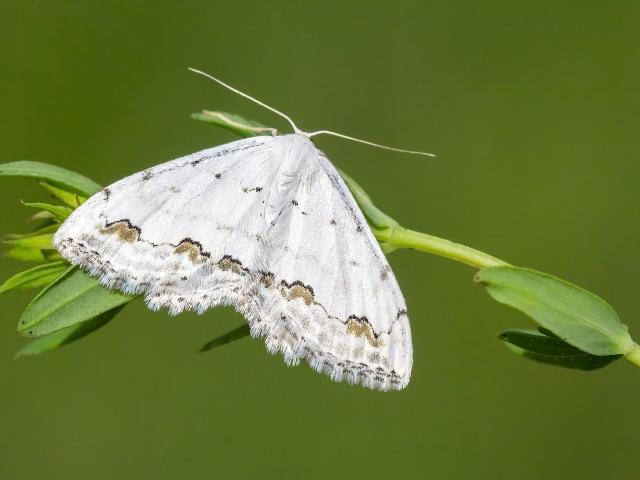
Moths occur throughout Britain and are found in all sorts of habitats, from coasts to mountains. Some species are widely distributed in a range of places, while others are limited to certain types of habitat.
There are complex reasons why a species of moth occurs in one place and not another, but often it is related to the caterpillar's food. Some caterpillars are restricted to specific types of plant which only grow in certain conditions. For example, the Lace Border eats wild thyme and marjoram growing on chalk and limestone downland. Other species can eat a variety of plants, or plants which occur in many places, so those moths are widespread. For instance many species eat the leaves of native trees such as oak, birch and willow, or common plants like dock, dandelion and plantain.
The timings of moths' life-cycles are also linked to their food plants. Lots of species are in their caterpillar stage during the spring, when new leaves are soft and succulent to eat. The spring abundance of caterpillars in turn affects the ecology of other wildlife that eats them, especially breeding birds. Many types of bird time their breeding so the chicks hatch while there are plenty of caterpillars to feed them.
To try and avoid being eaten by all these predators, most caterpillars have camouflage colours to help them hide among the leaves. Some store chemicals from the plant to give themselves a bitter taste, and use bright colours to warn predators not to eat them. Others put predators off with hairs which would irritate their throats. A few have evolved eye-like markings, weird postures, or spikes that resemble stings, all of which can scare predators even though they are harmless.
Adult moths too are food for a wide range of wildlife, and have evolved clever ways to avoid predators, including wonderful camouflage. Moths also benefit plants by helping to pollinate their flowers.

